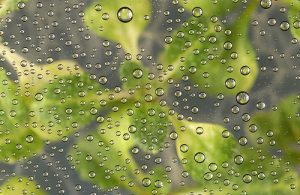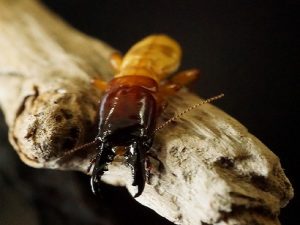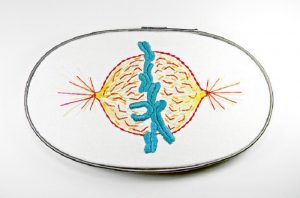Enter your address to receive notifications about new posts to your email.
Science & Publishing
-
Science & Publishing
Katherine Xue studies how the flu evolves inside you
The recipient of the 2018 Crow Award reveals details of flu evolution at the smallest —and largest—scales. For many viral diseases, a vaccine can provide lifelong protection. But for flu, you need a new shot every year. The influenza virus evolves so fast it presents a constantly moving target for both our immune systems and…
-
Science & Publishing
Navigating the maize of heritable epigenetic change
Tissue culture causes heritable methylation changes in plants. Tissue culture is a useful tool for plant scientists and horticulturalists in large part because it allows them to produce clones. Inconveniently, however, these clones are not always identical to the original, as one might expect them to be. In a report in GENETICS, Han et al.…
-
Science & Publishing
A new tool for longevity and mating studies in C. elegans
By borrowing a system found in plants, researchers can turn off sperm production in an inducible, reversible, and non-toxic manner Let’s say you want to study how your favorite gene affects aging. You pick Caenorhabditis elegans for your study because it is one of the most important models of aging, and you put some of…
-
Science & Publishing
Enhancing our view of enhancers
GC content alone is associated with distinct functional classes of human enhancers. Because enhancers can be located hundreds of kilobases away from their target genes, it can be challenging to accurately predict their functions. A new report in GENETICS uses sequence composition to distinguish two enhancer classes that have distinct functions and spatial organization in humans.…
-
Science & Publishing
Antibiotic resistance beyond the hospital
A strain of Staphylococcus epidermidis isolated from a hotel room may provide insight into how resistance develops outside of medical settings. Although intense research and media interest has focused on drug-resistant bacteria in hospital settings, resistance can and does evolve outside the clinic. Methicillin-resistant Staphylococcus epidermidis is often isolated from infections of medical devices, but…
-
Science & Publishing
Roaches help unlock termite society secrets
Termites may have evolved sterile castes through hormone signaling changes in their cockroach ancestors. Eusocial insects, like ants, bees, and termites, have rigid caste systems: some individuals reproduce, while others are temporarily sterile workers or permanently sterile soldiers. This division of labor allows colonies to thrive, but the question remains: how did these species evolve…
-
Science & Publishing
Using fruit flies to find rare disease treatments
An automated drug screening approach gives insight into rare NGLY1 deficiency. Sometimes, diagnosing and treating an illness is straightforward. Other times, the diagnosis is challenging while the treatment is simple—or vice versa. In the case of a rare disease like NGLY1 Deficiency, both diagnosis and treatment can feel unreachable. The complex challenges of rare diseases…
-
Science & Publishing
Athlete’s foot fungus varies little around the globe
Sexual reproduction is scarce in skin infection culprit. While some people love to feel the burn during a workout, we generally seek that sensation in our muscles—not our feet. Treading barefoot in damp, communal environments like gym showers and the perimeters of pools can expose us to the fungus Trichophyton rubrum, the most common cause…
-
Science & Publishing
How an earthquake shook up stickleback genomes
New genetic data help explain the rapid adaptation of stickleback fish that invaded freshwater habitats in the 1960s. In 1964, an earthquake shook the islands off the coast of Alaska, transforming the landscape as underwater terraces were thrust above the surface. From this cataclysmic event emerged a series of freshwater pools that became a natural…
-
Science & Publishing
Remapping lab rats
For the first time in nearly 15 years, the rat genetic map has been updated. Genetic maps help us navigate uncharted data, but to successfully use them to link genes to complex traits, their resolution must be high enough to yield a manageable list of candidate variants. That’s why genetic maps for mice and humans…
-
Science & Publishing
A day in the mouth
Rapid genomic changes observed in Candida albicans soon after exposure to the oral cavity. Whether or not you treat your body like a temple, it presents a hostile and rapidly-changing environment for the many microorganisms that call you home. In contrast to the microbes that hang out inside humans, those that are cultured in the…











